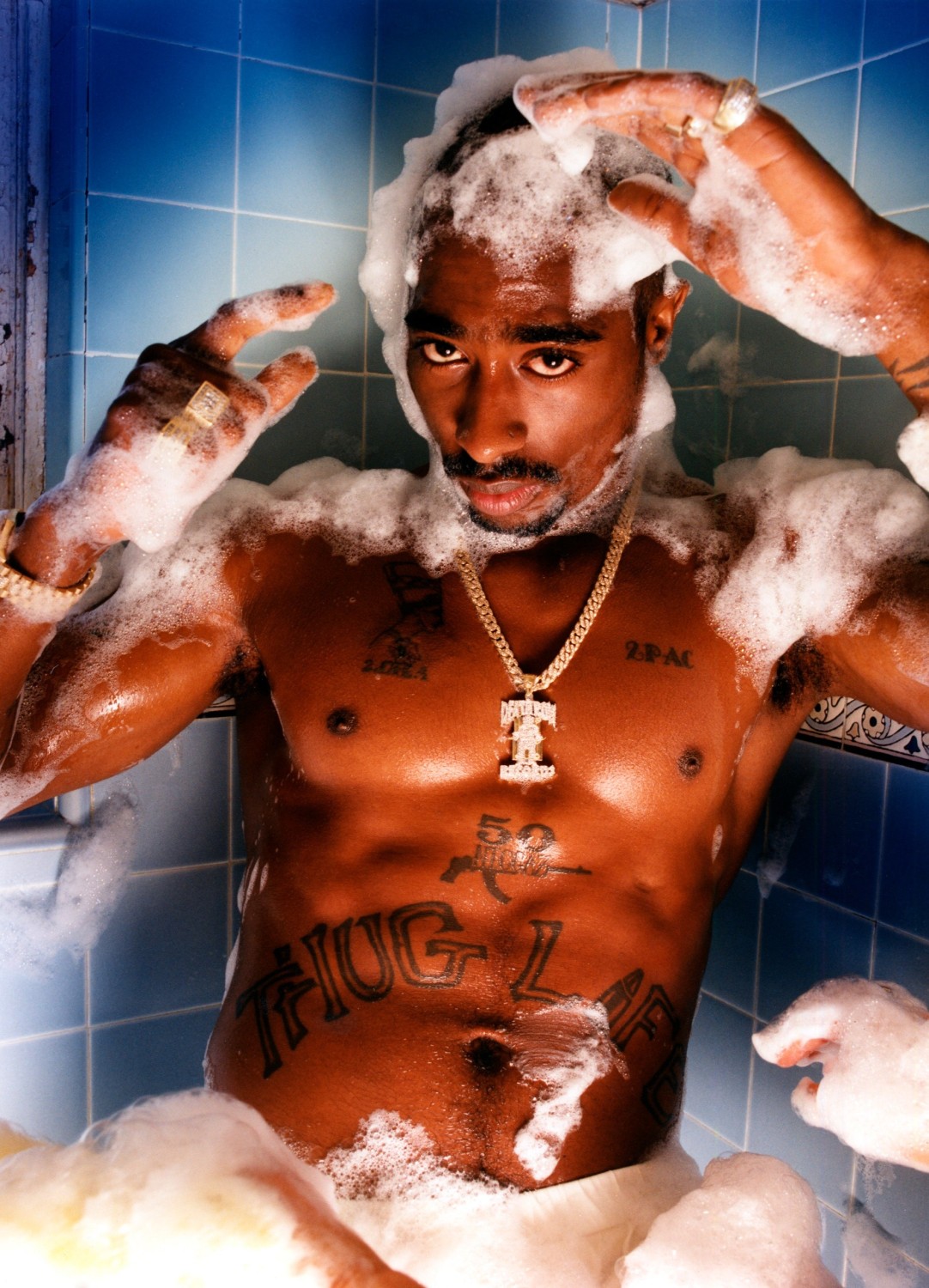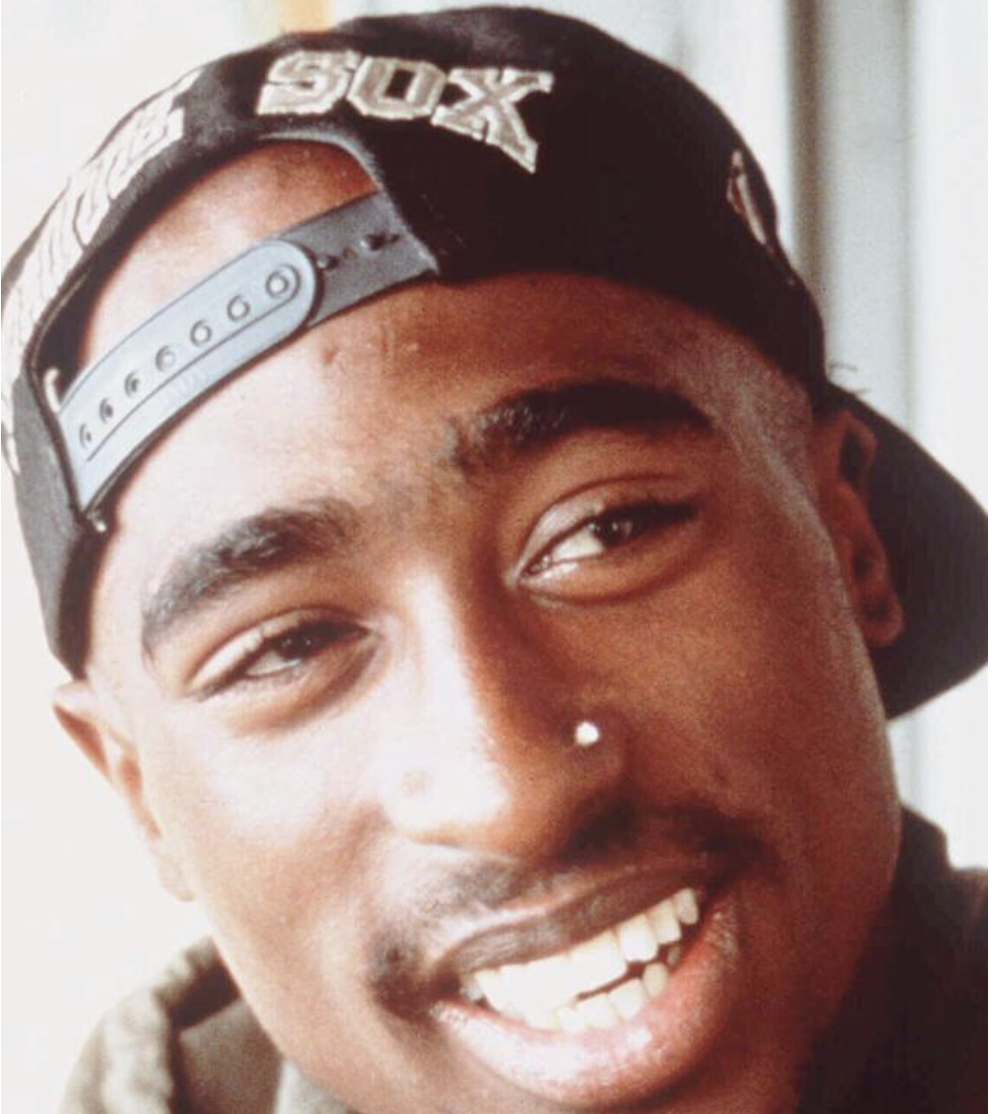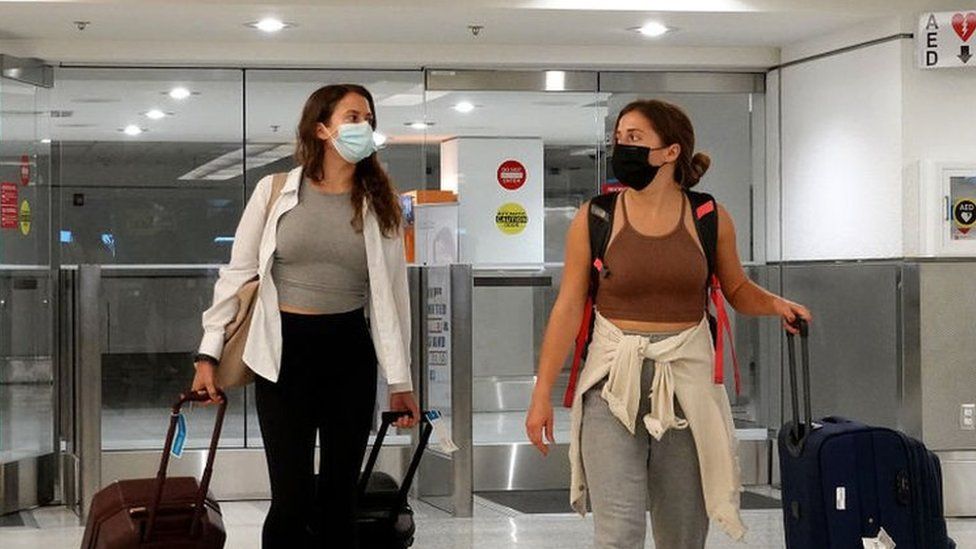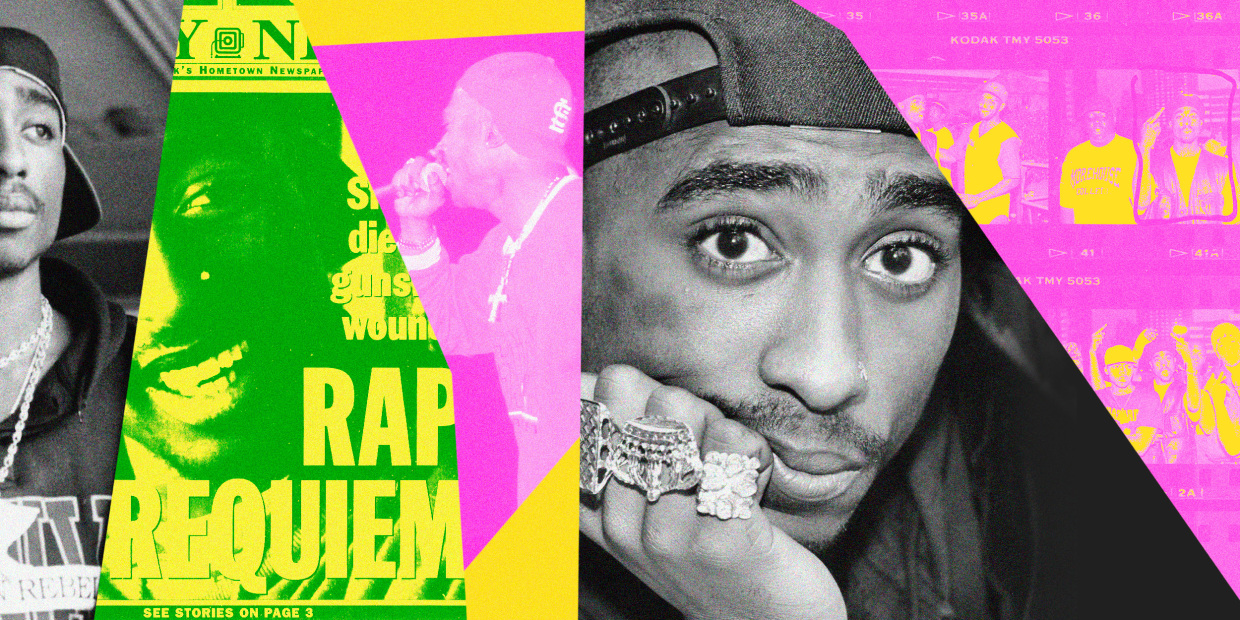
This article is more than
5 year oldCoronavirus and its global sweep stokes fear over facts. Experts say it's unlikely to produce 'apocalyptic scenario'
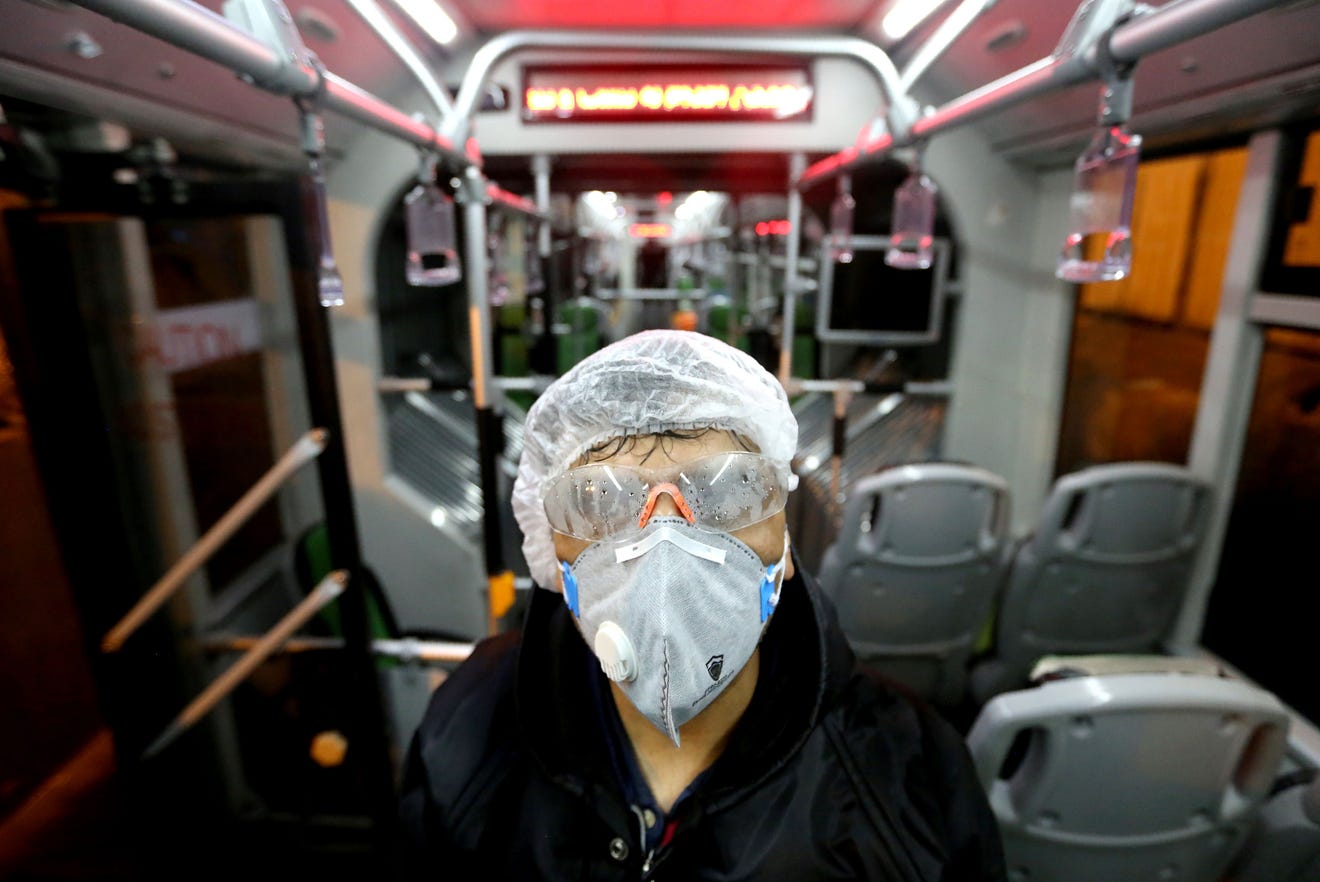
SAN FRANCISCO – Coronavirus is in the global spotlight, but a secondary character in this unfolding drama threatens to upstage the grim protagonist: fear.
Chalk that up to what it means to be human. Animals have a fight-or-flight response to real and present danger. We have that maddening ability to go a step beyond and imagine what isn’t there.
“Humans often can develop a robust and pathological fear of things that might not happen, to create realities that don’t exist,” says Elizabeth Phelps, Harvard University’s Pershing Square professor of human neuroscience. “So yes, of course you can overdo it.”
The conditions seem right to turbocharge this most elemental of emotions, with plot points Hollywood would strain to conjure.
In less than two months, the new coronavirus, given the less-scary clinical moniker of COVID-19, has gone from a spikey-shaped virus infecting people in Wuhan, China, to an epidemic that has sickened more than 82,000 people, killed more than 2,000 and spread to 47 countries on all continents.
By any scorecard, that’s one terrorist of a virus.

Adding to the chaos are tumbling financial markets and often conflicting responses to the spread of the virus. Italy, dealing with hundreds of cases, has a few northern towns on lockdown. In Britain, which is testing for the virus, health officials warned that overreacting will lead to health and social costs.
President Donald Trump insisted the risk to Americans is “very low,” but House Speaker Nancy Pelosi countered that the administration has left the country vulnerable by “ransacking funding” from government health agencies. On Thursday, California governor Gavin Newsom tried to reassure his citizens.
“Look, everybody in this country is rightfully anxious about this moment," he said. "But I think they should know that we are meeting this moment with the kind of urgency that is necessary."
Left in the middle are emotionally whipsawed citizens, unsure what level of alarm they should feel.
Tuesday, San Francisco Mayor London Breed declared a state of emergency, though at the time there were no confirmed cases in the city. Farther south, Orange County, which had one confirmed case, followed suit. The emergency declaration, leaders said, helps ensure a quick response to a potential case.
Premature and alarmist? Late Wednesday came news that the nation’s first COVID-19 case unrelated to travel to China was discovered – in Northern California.
Already some stores are seeing dwindling supplies of toilet paper and water as residents perhaps prepared to self-quarantine for two weeks. A dearth of N95 face masks led Amazon to battle third-party sellers accused of price-gouging consumers. This comes despite experts saying face masks provide little real protection.
A run on supplies may cue the brain’s amygdala, which psychologists call the headquarters of our fear factory. A bucket of cold water can come in the form of calm and reliable doses of information.
“Communications are most helpful to us humans when they’re explicit, so if you saw the risk is low, explain how low,” says Carnegie Mellon University professor Baruch Fischhoff, former president of an academic organization called the Society for Judgment and Decision Making.
Fischhoff says one way to keep fear in check is to narrow your information stream to just-the-facts sources such as state medical agencies and the Centers for Disease Control and Prevention. On its website, the CDC urges "everyday preventive" actions such as hand-washing and disinfecting surfaces.
“Look for outlets that treat you like an adult and tell you what the situation is and the risks are,” he says. “You need information that helps you make decisions relevant to your own circumstances.”
That might mean getting off social media for your COVID-19 updates, given its always-on nature and the way online conversations tend to mimic that distorting game of telephone.
“In the old days, the virus update would be a mention on the 6 o’clock news, but today, it’s tweets and Facebook posts 24/7,” Phelps says. “Fears can be learned. If you’re communicating with people online who are afraid or are seeing people online who are afraid, that exposure is more likely to invoke fear in you.”
Phelps says the clinical term for that spiraling is called “dread risk,” and its power can spin a comparatively benign situation into fear-based overreaction.
For example, she says, in San Francisco, it's far more likely to be killed by a car than COVID-19, “but cars are something we know, we’re comfortable with them, so they’re not scary even though they’re far more deadly.”
Scapegoating is an age-old scourge
Terror of the unknown and indeed the foreign plays into the planet’s epidemic. The ugly human tendency to scapegoat, then as now, surfaces.
In the 1490s, French troops storming the city of Naples caught and spread syphilis. Depending on what side you were on, the scourge was ascribed either to the French or the Italians.
When influenza raced across the European continent in 1889, it was blamed on the Russians; when the flu of 1918 infected 500 million, killing upward of 10%, it was pinned on the Spanish.
COVID-19, which originated in central China, has given rise to similarly xenophobic reactions.
Around the world, anecdotal reports reveal that Asians of any nationality are shunned or worse. One photo making the rounds online showed the back of a person outside Milan's Duomo; the person's jacket had stickers reading in two languages, “NOT from China” and “I’m Taiwanese.”
“In some ways, fear in these situations becomes existential in that we fear the other, we fear that they’re bringing something bad to us, and this is unfortunate,” says Guenter Risse, professor emeritus at the University of California-San Francisco and the author of “Driven by Fear: Epidemics and Isolation in San Francisco’s House of Pestilence,” about how panic and xenophobia demonized Chinese immigrants here during illness outbreaks in the 1920s.
Risse argues that fear of deadly contagion is hard-wired into the American psyche because it has roots in the continent’s invasion first by the Spanish, then the English, both of whom brought diseases that killed millions of Native Americans in Central and North America.

Because the COVID-19 outbreak can spark those same primitive fears, it’s important to keep perspective, experts say. This winter, the flu has hospitalized about 280,000 Americans and killed 16,000; there are 60 confirmed COVID-19 cases nationally and no deaths.
The good and bad of coronavirus
At the risk of employing a cliché, there is good and bad news that experts say will reassure the fearful while stirring merited concern.
Let’s start with the bad news.
This is probably only the beginning of global pandemics. Two reasons: the relentless encroachment of human beings into animal worlds where viruses rarely had the chance to jump species; and the interconnected nature of the jet age.
In the case of COVID-19, a theory is that a bat with the virus gave it to a lizard-like creature called a pangolin, which poachers kill by the thousands for their delicate scales. Once in the human host, the virus made its way to Wuhan and from there, the world.
“This is all linked to a situation we have created,” says Ilaria Capua, director of the One Health Center of Excellence at the University of Florida-Gainesville, which aims to advance a healthy coexistence between the human, plant and animal worlds. “We are in the field of the unknown. But you can only find things out by experiencing them.”
Capua made international headlines in 2006 when, working out of an Italian institute, she sequenced an avian flu virus – which is critical to creating a vaccine – and urged researches worldwide to share any such data breakthroughs.
And therein lies the good news.
“What is exceptional about this outbreak is the Chinese shared the sequencing of the virus, for the first time, and this is wonderful,” Capua says. “We now have the collective intelligence to get ahead of a problem like a new virus, which is no longer as we’re seeing just a problem of one country anymore.”
Capua says the lesson the world should take from COVID-19 is akin to that of a warning shot.
She doesn’t anticipate that this virus will produce an “apocalyptic scenario,” given its fatality rate, but she says its rapid global sweep means more needs to be done to prepare for the next COVID-19, in terms of everything from research to resources.
Above all, she says, keep calm.
“Panic is the biggest enemy you face in any emergency,” Capua says. “Panic can do much more damage than the virus.”
Follow USA TODAY national correspondent Marco della Cava: @marcodellacava
